Deep sky photography with the Seestar S50 smart telescope
Photographs below have been taken in a light polluted urban area (Bortle class 7).
They are presented in order of increasing distance from Earth
Information about all objects shown on this page is to be found in Wikipedia
For enlargement: click in image
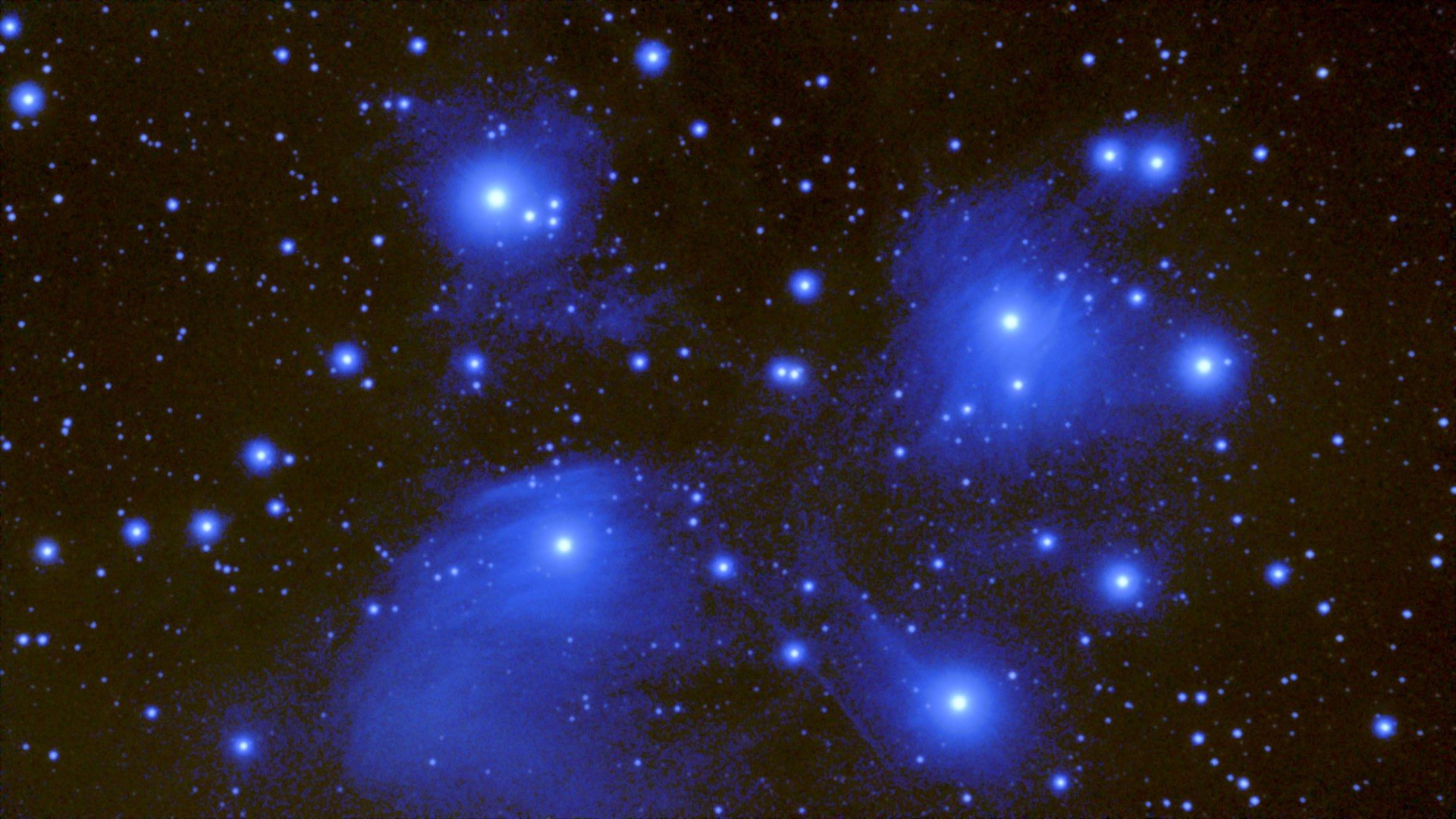
Pleiades (M45): open star cluster with reflection nebulae. Distance 440 light-years.
Exposure time: 30 minutes
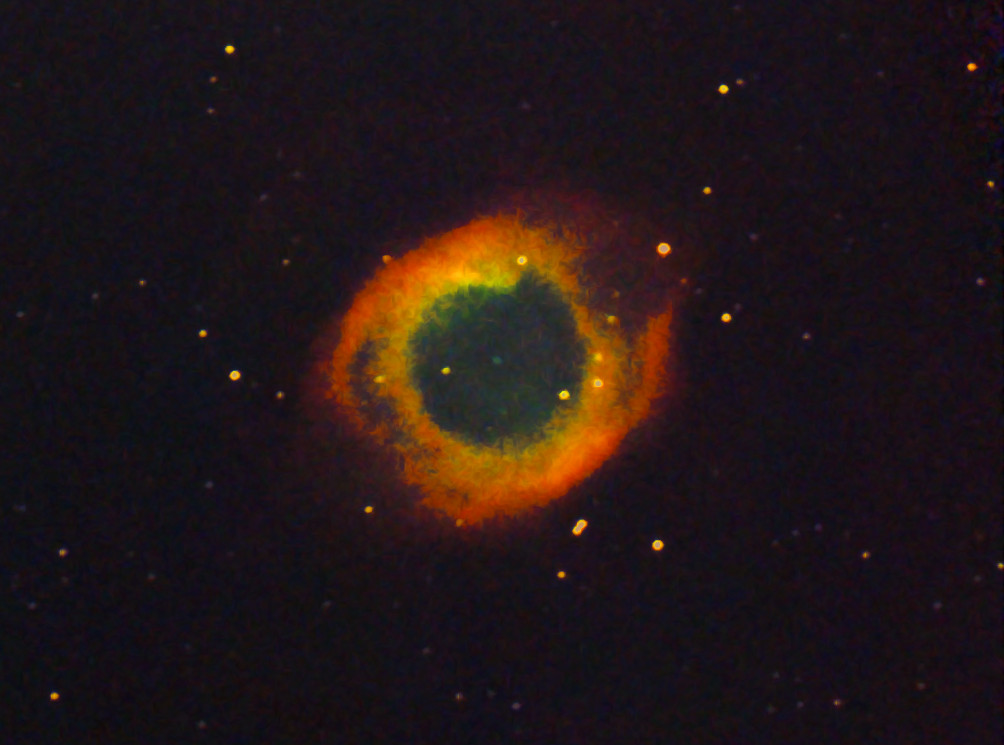
Helix Nebula (NGC7293): planetary nebula. Distance 650 light-years.
Exposure time: 30 minutes
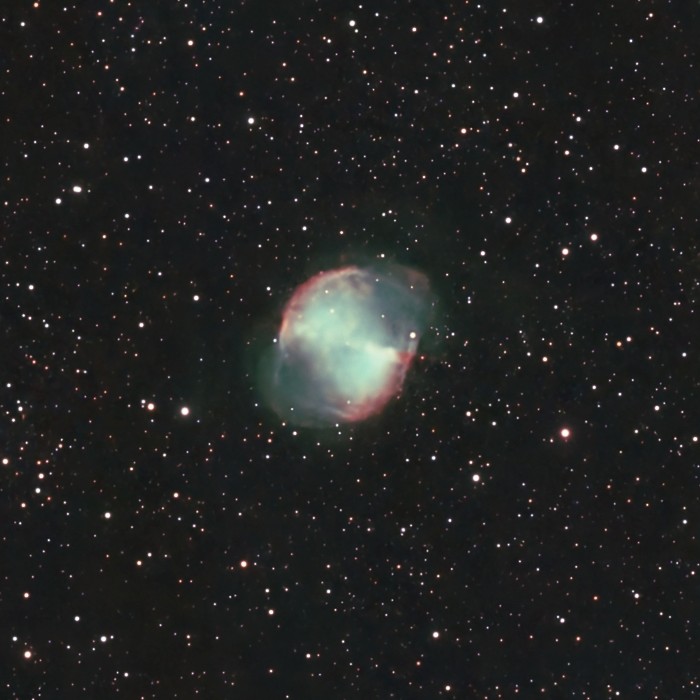
Dumbbell Nebula (M27): planetary nebula. Distance 1300 light-years.
Exposure time: 1 hour
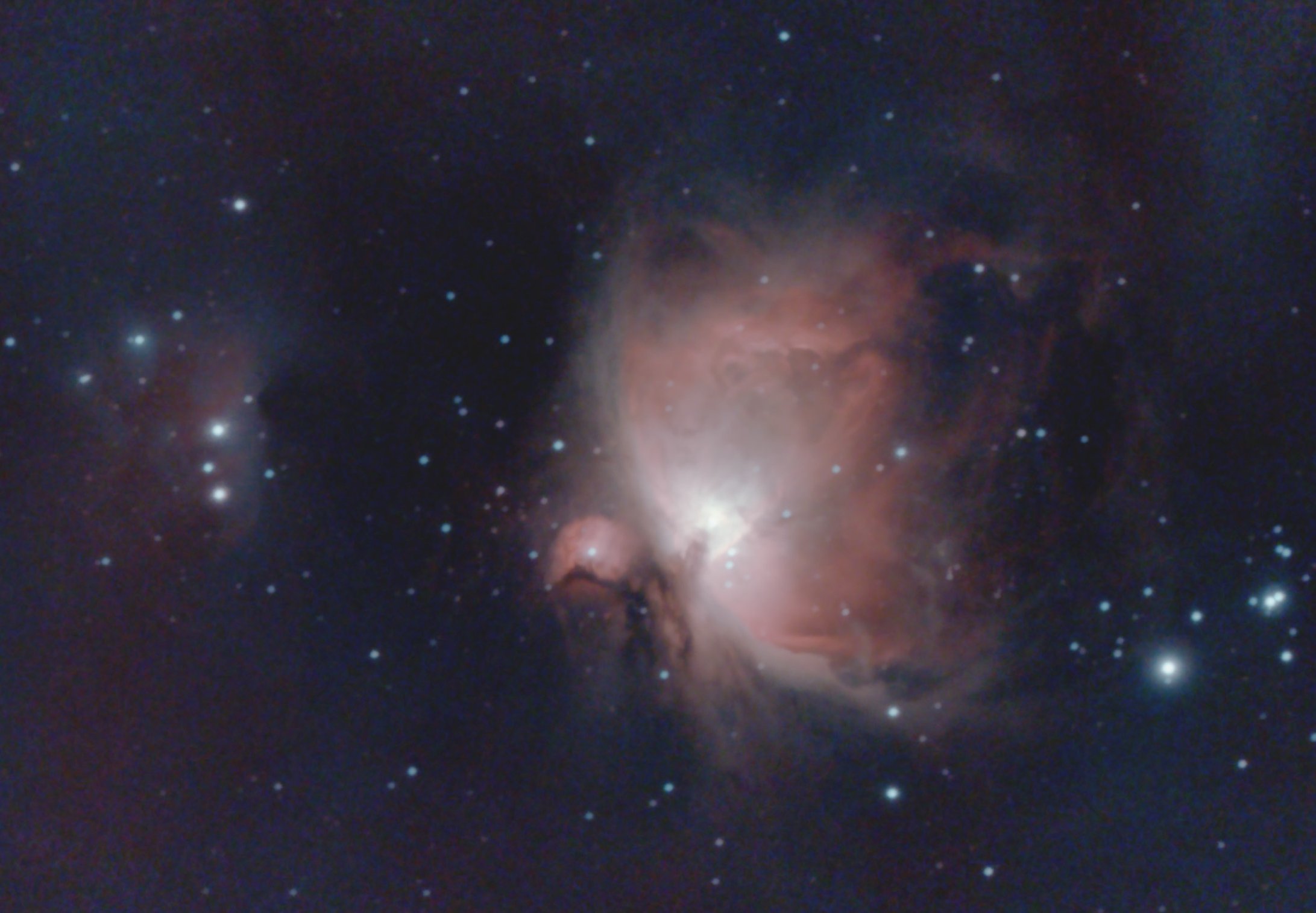
Orion Nebula (M42) with 'Running Man': closest region of massive star formation. Distance 1300 light-years. Exposure time: 45 minutes
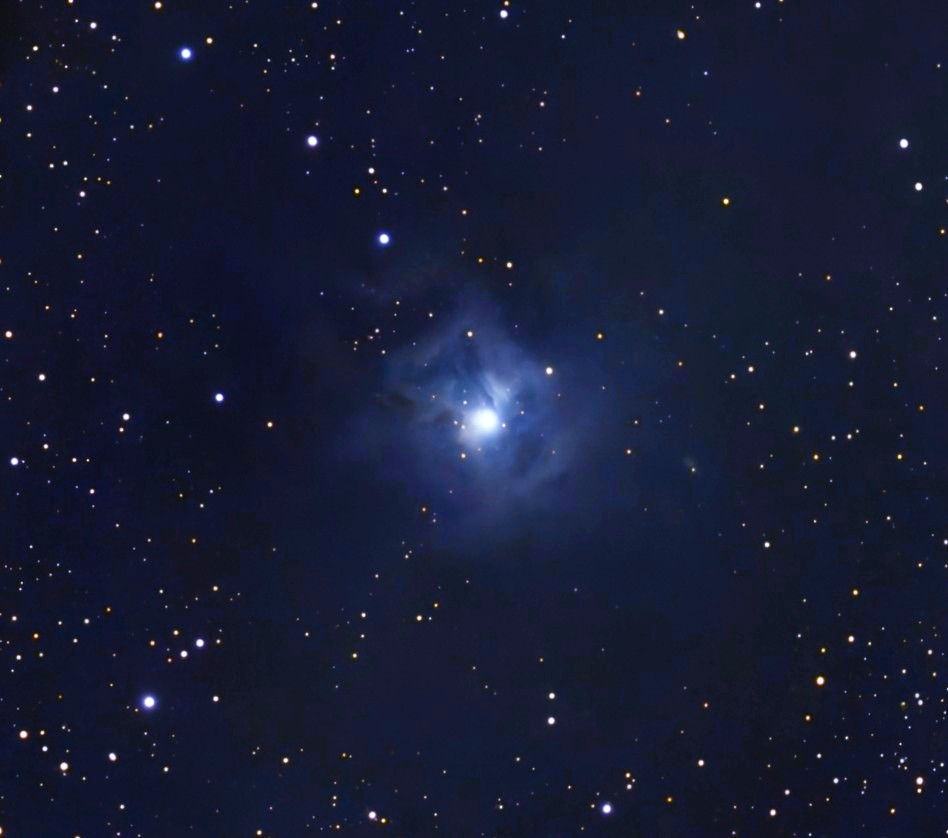
Iris Nebula (NGC7023): open star cluster with reflection nebula. Distance 1300 light-years. Exposure time: 2 hours
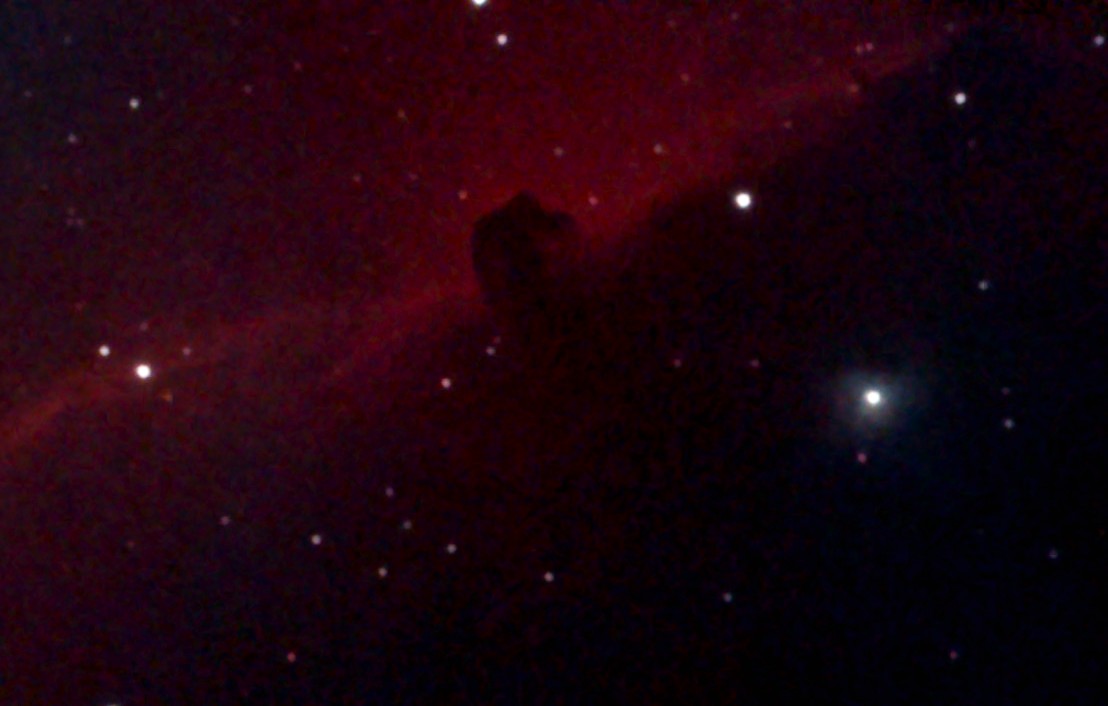
Horsehead Nebula (IC434): absorption nebula. Distance 1400 light-years.
Exposure time: 25 minutes
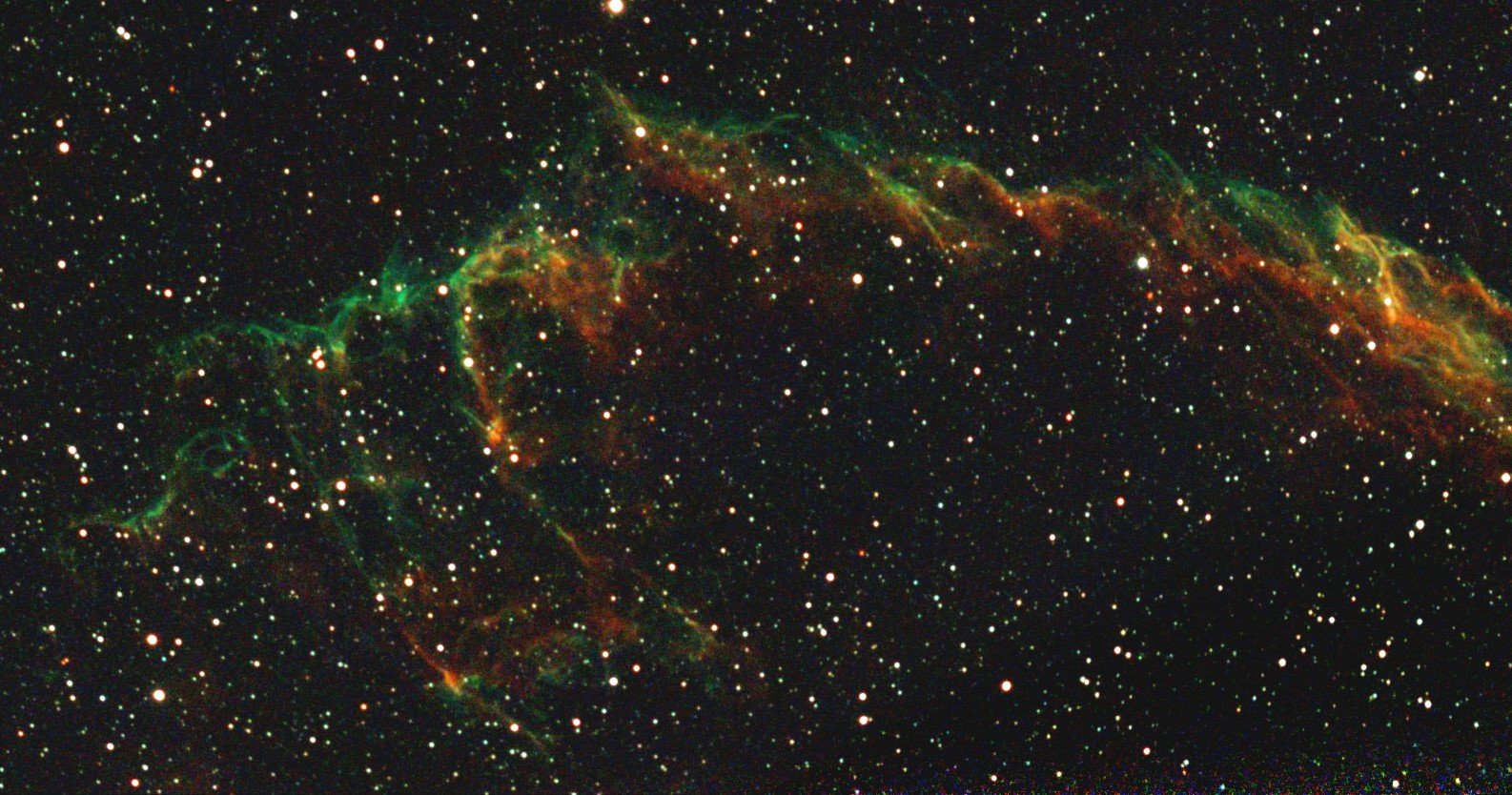
Veil Nebula (NGC6995): supernova remnant. Distance 2400 light-years. Exposure time: 45 minutes
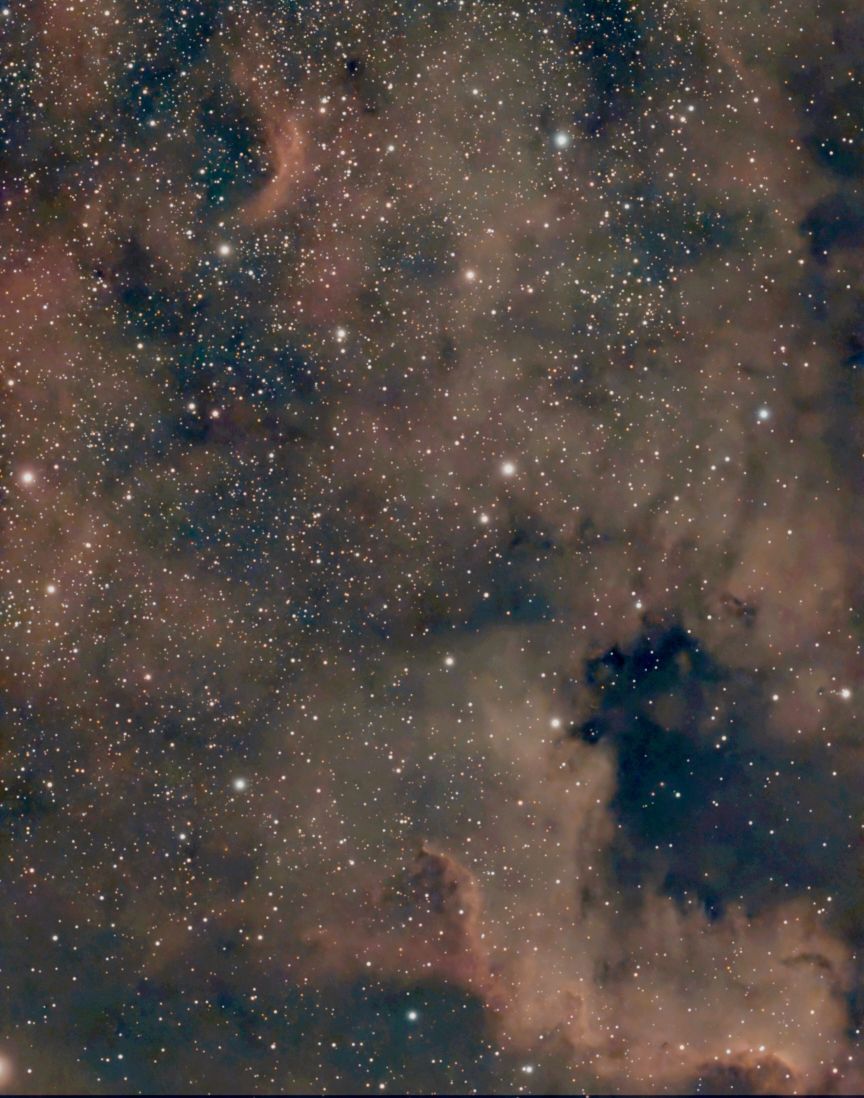
North America Nebula (NGC7000). Distance 2600 light-years. Exposure time: 1 hour and 20 minutes
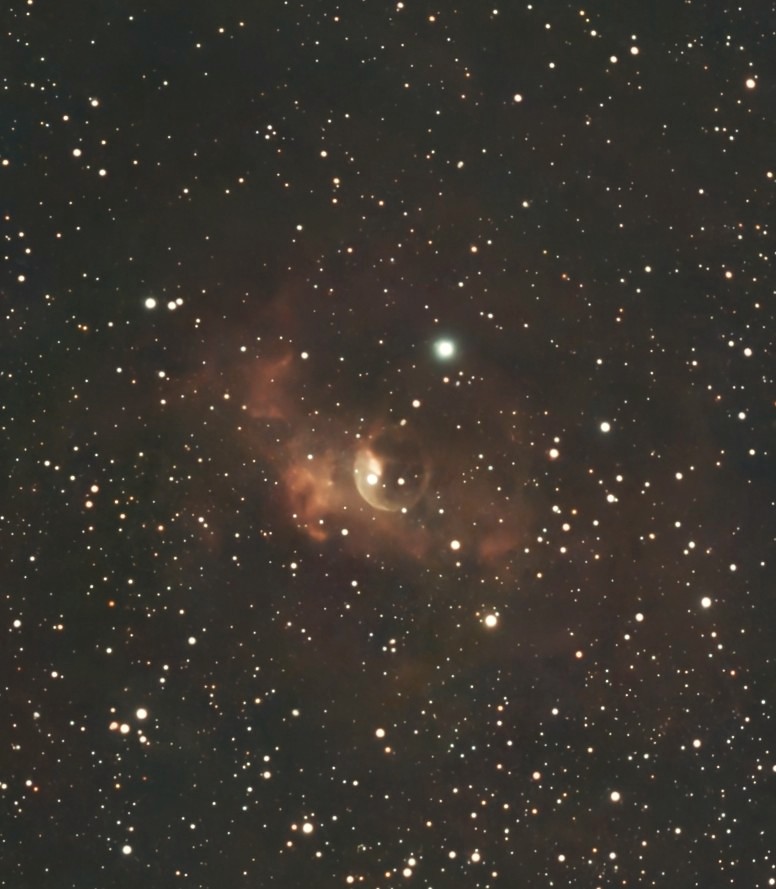
Bubble Nebula (NGC7635). Distance 7100 light-years. Exposure time: 1 hour and 20 minutes
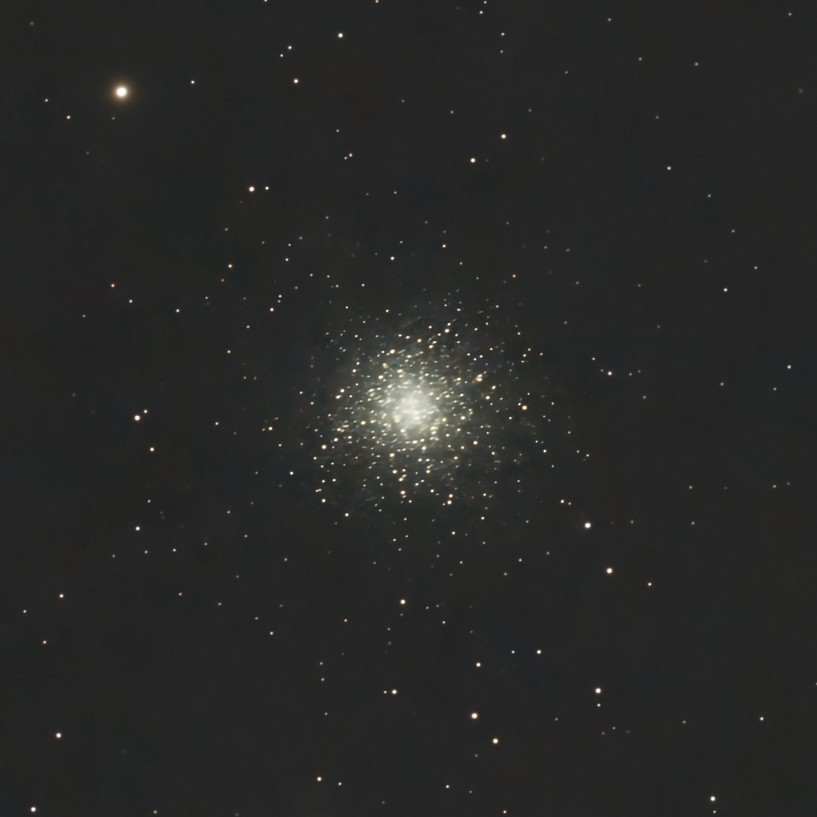
Globular star cluster (M3). Distance 22.000 light-years. Exposure time: 20 minutes

Andromeda Galaxy (M31): our closest galactic neighbour. Distance 2.5 million light-years. Exposure time: 30 minutes
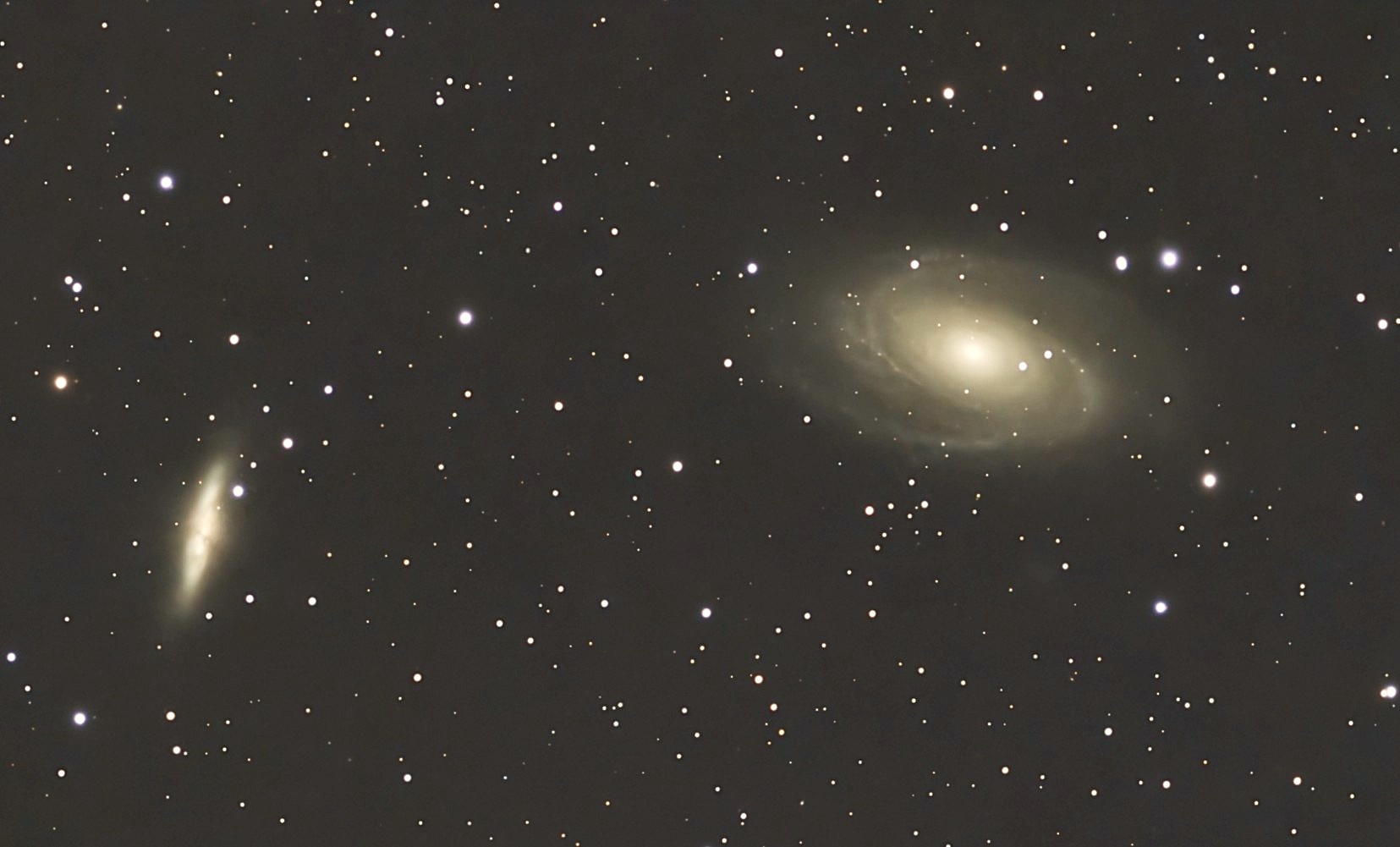
Twin galaxies M81 (right) and M82 (left). Distance 12 million light-years. Exposure time: 1 hour and 40 minutes
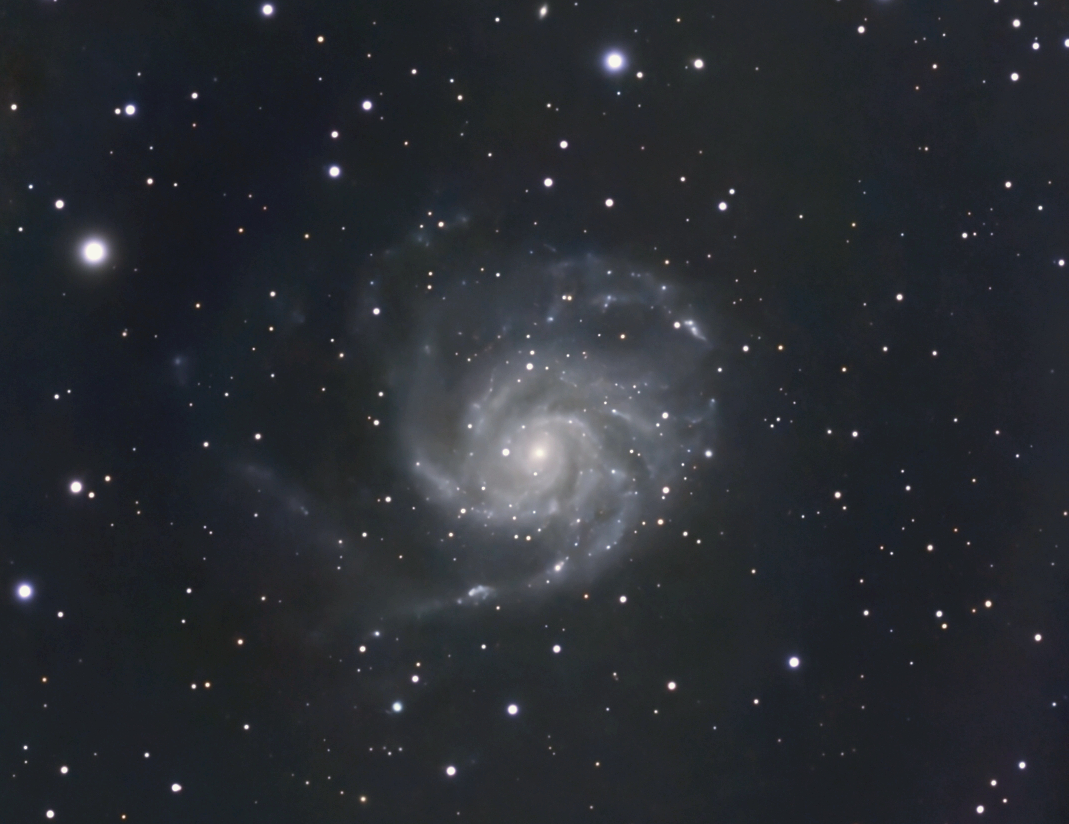
Pinwheel Galaxy (M101). Distance 21 million light-years. Exposure time: 3 hours
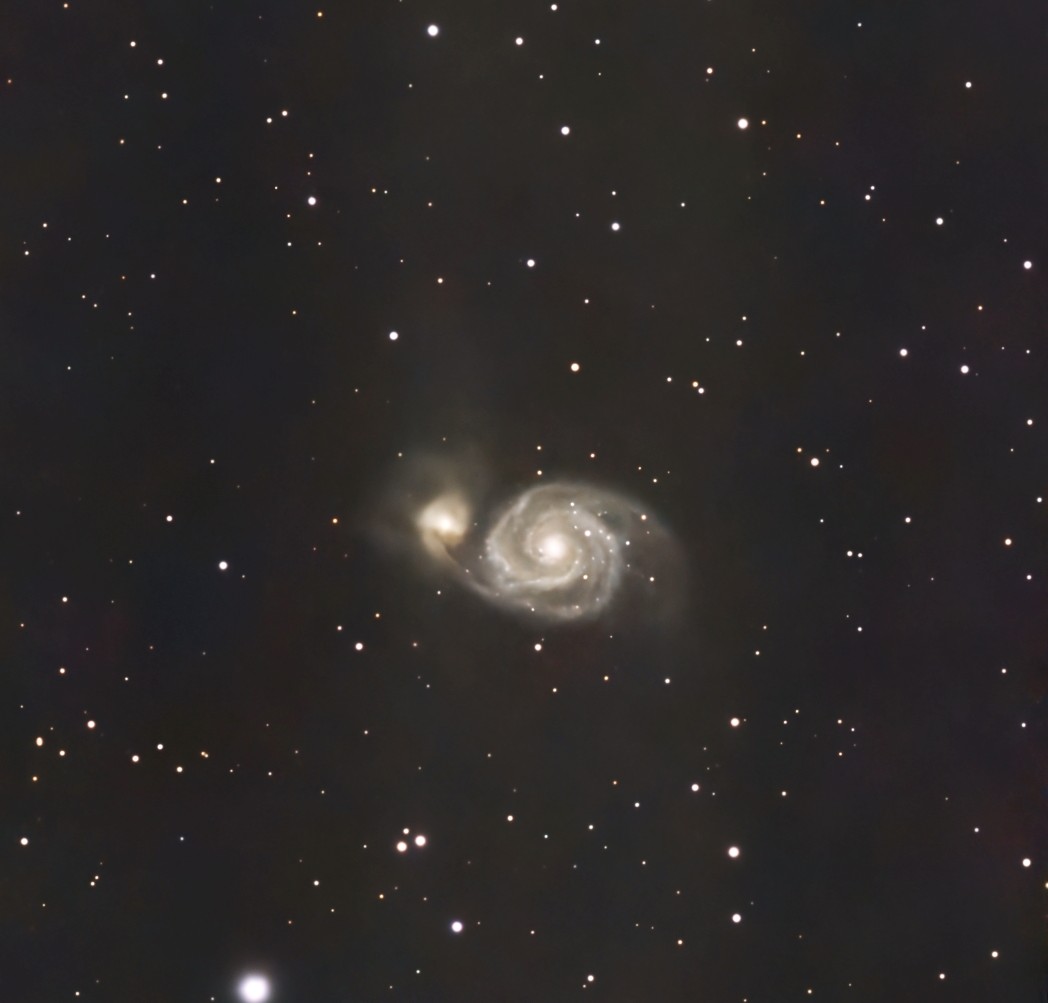
Whirlpool Galaxy (M51a) interacting with its smaller neighbour (M51b). Distance 25 million light-years. Exposure time: 2 hours
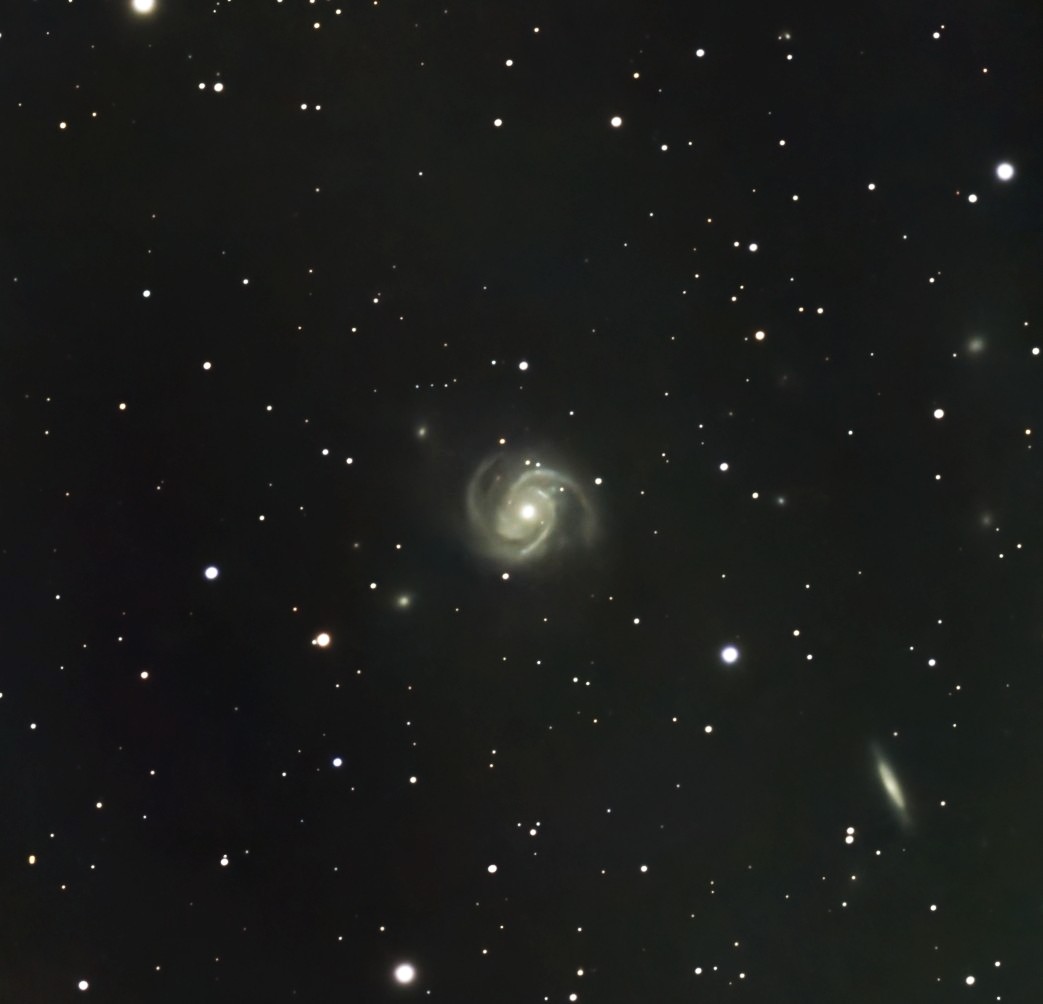
Mirror Galaxy (M100). Distance 55 million light-years. Exposure time: 2 hours
End of page - close window to quit














